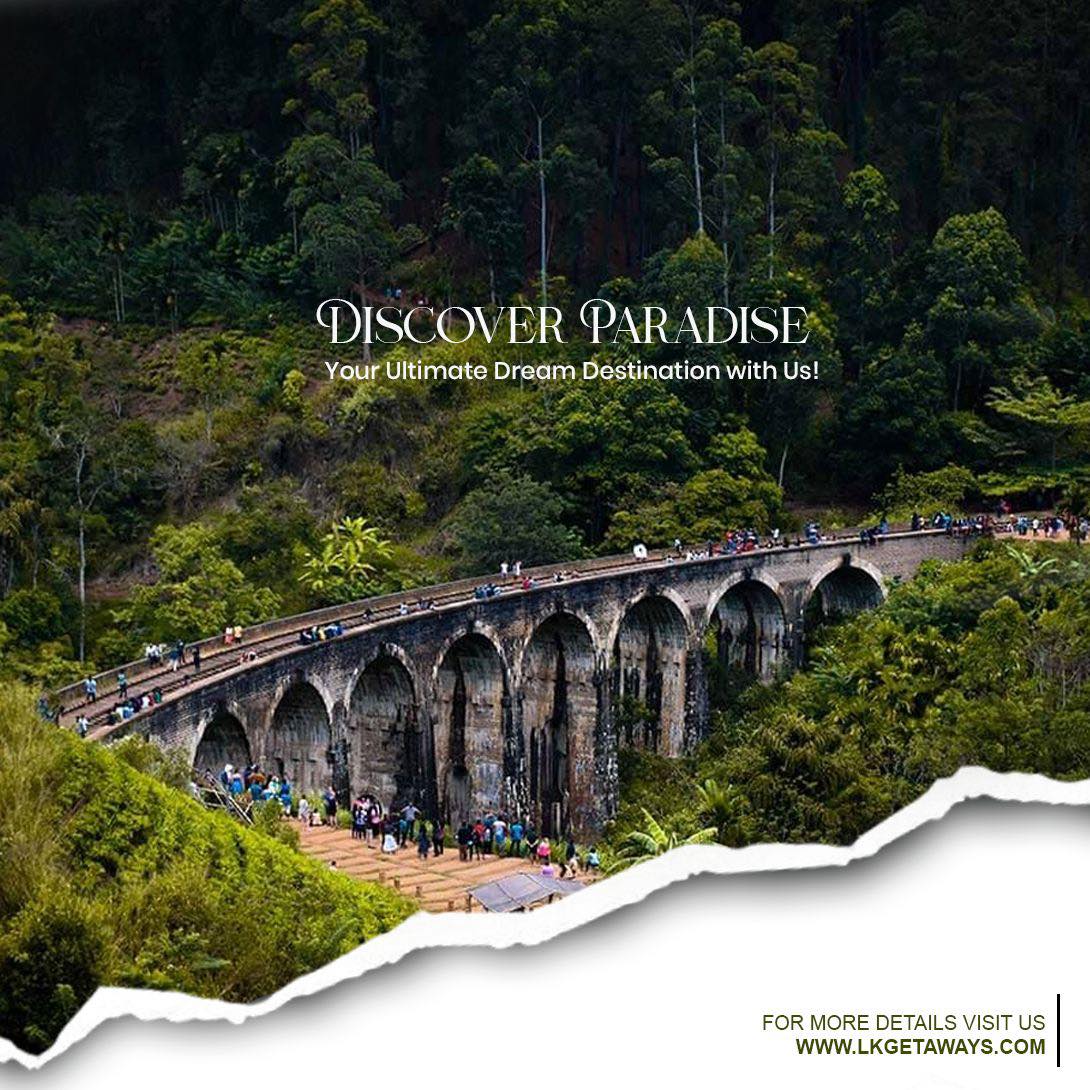The Ancient City of Polonnaruwa is one of the most remarkable historical sites in Sri Lanka and stands as a testament to the grandeur of the island’s ancient civilization. Once the thriving second capital of the Kingdom of Sri Lanka, Polonnaruwa is now a UNESCO World Heritage Site that offers visitors a glimpse into the country’s rich cultural and architectural history.
A Brief History of Polonnaruwa
Polonnaruwa became the capital of Sri Lanka after the fall of Anuradhapura in the late 10th century. The city rose to prominence under the rule of King Parakramabahu I (1153-1186 AD), who transformed it into a flourishing hub of trade, culture, and architecture. During his reign, Polonnaruwa saw the construction of some of the most iconic structures in Sri Lankan history, including palaces, religious buildings, and reservoirs.
The city remained an important center of Sri Lankan civilization until the 13th century when it fell to South Indian invaders. Today, Polonnaruwa is an archaeological wonder, filled with well-preserved ruins that tell the story of the island’s glorious past.
Highlights of Polonnaruwa
Visitors to Polonnaruwa can explore a range of ancient structures, from royal palaces to temples and stupas. Here are some of the key attractions that make Polonnaruwa a must-visit destination for history lovers:
1. The Royal Palace of King Parakramabahu I
The Royal Palace is one of the most significant structures in Polonnaruwa. Built by King Parakramabahu I, the palace was once a grand, multi-storied building with over 1,000 rooms. While only the foundations and a few walls remain today, the scale and layout of the palace provide a fascinating insight into the architectural prowess of ancient Sri Lanka.
Adjacent to the palace is the Audience Hall, a beautifully carved stone structure where the king would meet with his ministers and foreign envoys. The intricately designed stone steps and pillars, adorned with lion sculptures, are a highlight for visitors.
2. The Gal Vihara
The Gal Vihara is one of the most famous attractions in Polonnaruwa and a true masterpiece of ancient Sri Lankan sculpture. This group of four Buddha statues, carved out of a single granite rock, showcases the artistic excellence of the period. The statues include a seated Buddha in meditation, a standing Buddha, and the iconic reclining Buddha, which is 14 meters long and depicts the Buddha in parinirvana (the final state of nirvana).
The serene expressions and fine details of the carvings make the Gal Vihara a deeply spiritual and awe-inspiring site for visitors.
3. The Vatadage
The Vatadage is a circular relic house that once held the Sacred Tooth Relic of the Buddha. The Vatadage is one of the most impressive structures in Polonnaruwa, featuring concentric stone pillars and beautifully carved guard stones at the entrance. Inside the Vatadage, you’ll find four Buddha statues, each facing a cardinal direction, and intricate carvings along the walls and floors.
The Vatadage is a brilliant example of the architectural ingenuity and religious devotion of ancient Sri Lanka.
4. Rankoth Vehera
The Rankoth Vehera is the largest stupa in Polonnaruwa and is believed to have been built by King Nissanka Malla in the 12th century. Standing 54 meters tall, this massive brick structure is reminiscent of the stupas of Anuradhapura and reflects the importance of Buddhism in the daily life of the kingdom.
The stupa’s simplicity contrasts with the more elaborate structures found elsewhere in Polonnaruwa, yet it remains an important spiritual site for both locals and visitors.
5. Parakrama Samudraya
Polonnaruwa is not only famous for its palaces and temples but also for its advanced irrigation system, which was essential for agriculture and the prosperity of the kingdom. The most notable example of this is the Parakrama Samudraya, an artificial lake built by King Parakramabahu I. Covering 2,500 hectares, this massive reservoir supplied water to the surrounding fields and is still in use today.
The lake's name, which translates to "Sea of Parakrama," is a testament to the king's vision and engineering skills. Visitors can enjoy scenic views of the lake and the surrounding landscapes, making it a peaceful spot to relax after exploring the ruins.
Significance of Polonnaruwa
Polonnaruwa is much more than an archaeological site; it represents a golden age in Sri Lankan history. The city’s layout, with its well-planned streets, palaces, temples, and reservoirs, reflects the sophistication and ingenuity of the ancient Sinhala civilization.
The artistic achievements of Polonnaruwa, particularly the Buddha statues at the Gal Vihara, are celebrated worldwide for their beauty and craftsmanship. The city's hydraulic systems, like the Parakrama Samudraya, also demonstrate the kingdom’s advanced knowledge of engineering and water management, which was crucial for its agricultural economy.
Tips for Visiting Polonnaruwa
-
Best Time to Visit: The best time to visit Polonnaruwa is during the dry season, from December to March, when the weather is pleasant for exploring the ruins. Early mornings or late afternoons are ideal to avoid the midday heat.
-
What to Wear: Polonnaruwa is a religious site, so modest clothing is required. Ensure your shoulders and knees are covered when visiting temples and religious monuments. Comfortable walking shoes are also recommended.
-
Duration: Set aside at least half a day to explore Polonnaruwa. The site is large, and there’s plenty to see. You can either explore on foot, by bike, or hire a guide for a more detailed experience.
-
Nearby Attractions: Combine your visit to Polonnaruwa with a trip to Minneriya National Park, famous for its elephant gatherings, or explore the nearby Sigiriya Lion Rock and Dambulla Cave Temple.


